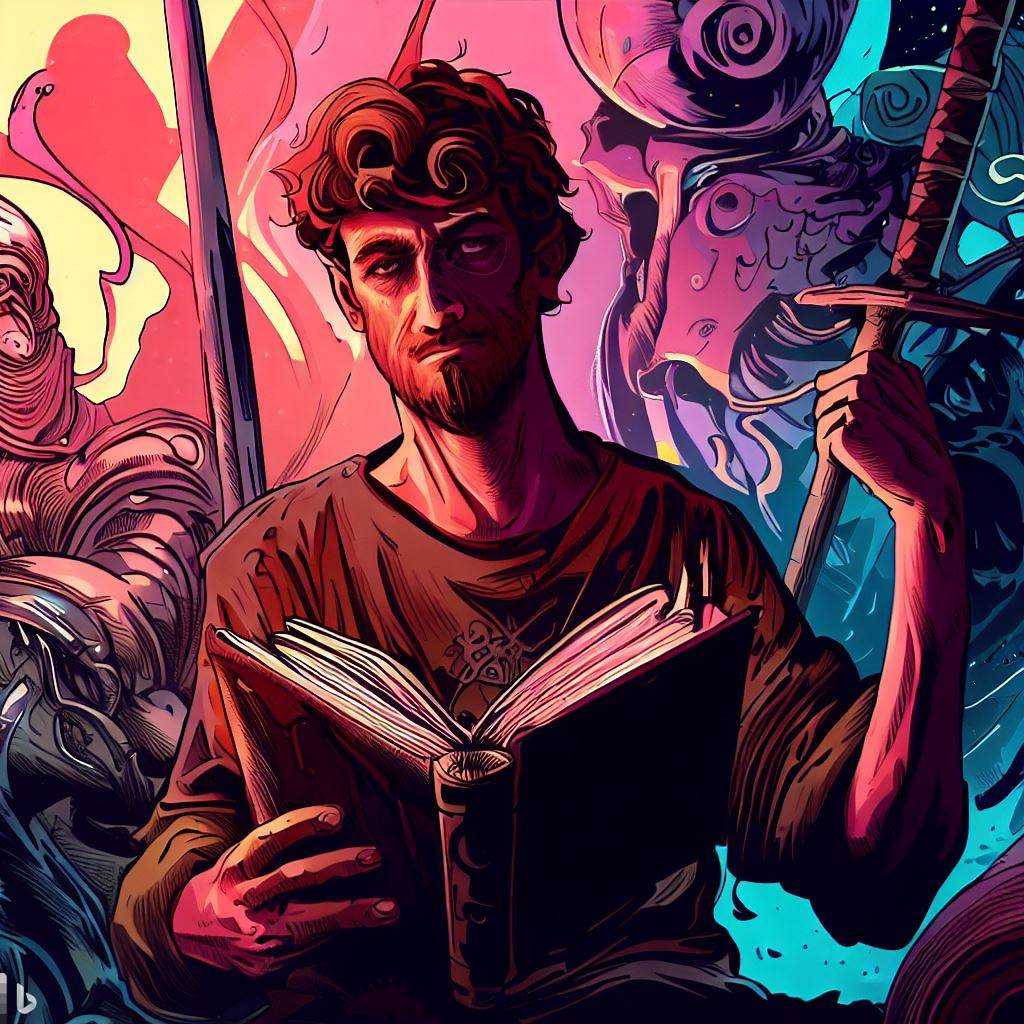
Introduction
In the ever-evolving universe of literature, the emergence of graphic novels inspired by classic literature marks a unique fusion. These hybrid creations not only bridge the gap between diverse readers but also breathe new life into timeless stories through stunning illustrations. But which ones have best captured the spirit of their original works, delivering an experience that is both fresh and familiar? Let’s journey through the Top 5 Graphic Novels Inspired by Great Literature that have brought a novel dimension to the literary canon.
The Eternal Appeal of Classic Literature in Graphic Form
It’s a common refrain among literature lovers: “The book was better than the movie.” Well, how about the graphic novel? The transformation of literature into graphic novels isn’t a simple rehashing of classic stories. It’s an artful reinterpretation that maintains the depth and essence of the original narrative while presenting it in an accessible, visually enticing format. In doing so, they can intrigue new audiences, challenge seasoned readers, and offer innovative perspectives on well-known tales.
Top 5 Graphic Novels Inspired by Great Literature
Let’s dive headfirst into our exciting list of top 5 graphic novels that owe their roots to immortal literary works.
1. A Wrinkle in Time: The Graphic Novel
Madeleine L’Engle’s science fiction-fantasy classic, “A Wrinkle in Time,” enjoyed a stunning graphic novel adaptation by Hope Larson. Larson, an Eisner award-winning illustrator, managed to imbue the timeless tale of Meg Murry’s intergalactic adventure with vibrancy and emotional resonance, making it an enthralling experience for both the young and the young at heart.
2. The Complete Maus
Art Spiegelman’s “The Complete Maus” is a heart-wrenching visualization of his father’s experiences as a Holocaust survivor. It stands as a groundbreaking masterpiece that straddles the line between graphic novel and memoir, using anthropomorphic animals to convey the profound horrors of the Holocaust. This work is a testament to the power of the graphic medium in addressing serious and challenging themes.
3. Pride and Prejudice: The Graphic Novel
Who said classic romance couldn’t be graphic? The graphic adaptation of Jane Austen’s “Pride and Prejudice” by Robert Deas takes the beloved story of Elizabeth Bennet and Mr. Darcy to a new level of accessibility and charm. The tale’s wit, social critique, and romantic tension remain intact, while Deas’ illustrations bring an added layer of visual delight.
4. To Kill a Mockingbird: A Graphic Novel
The Pulitzer Prize-winning novel by Harper Lee, “To Kill a Mockingbird,” finds a new voice in the graphic adaptation by Fred Fordham. This graphic novel pays homage to Lee’s iconic tale, focusing on themes of racial injustice and moral growth. Fordham’s artwork captures the distinct atmosphere of the American South, echoing the novel’s timeless relevance.
5. The Odyssey
The epic poem of ancient Greece, “The Odyssey,” comes to life in a colorful, dynamic graphic novel adaptation by Gareth Hinds. Hinds’ rendition vividly brings the journey of Odysseus to a modern audience, complete with mythological creatures and divine interventions. It’s a brilliant interpretation that retains the heroic spirit and narrative complexity of the original epic.
Why are Graphic Novels Important in Modern Literature?
Why are graphic novels earning recognition and respect in the literary world? They offer a unique reading experience that harnesses the power of visual storytelling. They promote literacy among younger and reluctant readers, provide alternative viewpoints, and are an excellent medium for addressing difficult topics. As adaptations of classic literature, they further enhance these advantages, making enduring tales more approachable and engaging for a broader range of readers.
FAQs
Q: Are graphic novels considered ‘real’ literature?
Yes, graphic novels are recognized as legitimate forms of literature, characterized by their marriage of visual art and storytelling.
Q: Are there any other famous literature-to-graphic novel adaptations?
Yes, there are many other notable adaptations, such as “The Great Gatsby” by Fred Fordham and “1984” by Fido Nesti.
Q: Do these graphic adaptations alter the original stories?
While these adaptations can add visual interpretations and sometimes abridge the content for accessibility, they strive to remain faithful to the original plot and themes.
Q: Who are these graphic novels suitable for?
These graphic novels are suited to a wide range of readers, including young readers, seasoned literature enthusiasts, and those new to either graphic novels or classic literature.
Q: What are some key benefits of reading graphic novels?
Graphic novels promote literacy, enhance comprehension through visual cues, and offer diverse storytelling techniques. They’re also an engaging way to present complex themes and narratives.
Q: How can I start my journey into literature-inspired graphic novels?
You can start by picking a graphic novel adaptation of a classic you’re already familiar with, or a title from the above list that intrigues you.
Conclusion
Whether you’re an ardent bookworm or a graphic novel enthusiast, the world of literature-inspired graphic novels offers an enthralling arena where classic narratives meet artistic innovation. Our curated list of the Top 5 Graphic Novels Inspired by Great Literature serves as a perfect starting point for your journey into this unique literary landscape.